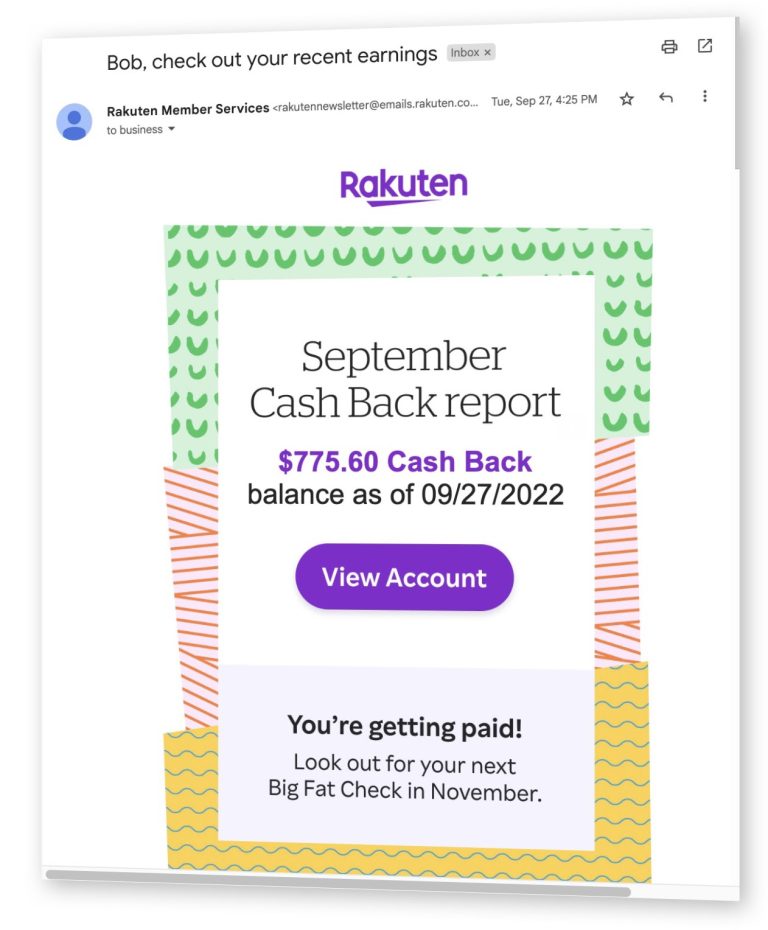Filed under: Retirement, Retirement Plans, 401K, IRA, Roth IRA

Your first priority when it comes to saving for retirement should be to make sure you’re putting away enough money. But once you’ve earmarked a percentage of pay for retirement savings, where do you put it?
Research shows that if you start saving 15 percent of your pay when you’re 35, you should have enough money by age 65 to live comfortably in retirement. “The most important question is ‘Are you saving 15 percent, including an employer match?’ ” said Stuart Ritter, senior financial planner at T. Rowe Price. “Then you have to decide which accounts to use in order to save that 15 percent.”
Ritter suggests prioritizing retirement accounts in three steps: Match. Roth. Traditional. Direct your first retirement savings dollars to a traditional workplace plan like a 401(k) or 403(b) account, if you have access to one.
“First and foremost, take advantage of that company match,” agrees certified financial planner Douglas Boneparth, vice president at Life and Wealth Planning in New York. For example, if your company matches the first 5 percent of pay you put into your 401(k) with an employer contribution, put at least 5 percent of your pay into that plan first. That match is free money.
Max Out Your Roth Options
Roth contributions are a popular choice for retirement savings, and many large companies now offer a Roth 401(k) option in addition to a traditional 401(k). With a traditional 401(k), your pretax contributions grow tax-deferred until you withdraw the money at age 59½. But you’ll pay taxes when you take the money out in retirement.
With a Roth 401(k), like a Roth IRA, your after-tax contributions grow tax-deferred and then withdrawals after age 59½ are generally tax-free as long as you follow IRS guidelines. But unlike Roth IRAs, there are no income limits to contributing to a Roth 401(k). Once you leave your employer, you can generally roll over a Roth 401(k) into a Roth IRA with no income requirements and no required minimum distributions at age 70½.
In 2015, you can contribute a maximum of $18,000 to a traditional 401(k), Roth 401(k) or combination of the two. Workers who are 50 or older can put away an extra $6,000, or a total of $24,000 into these accounts. You can contribute up to $5,500 to a Roth IRA or $6,500 if you’re 50 or older. However, Roth IRA contributions have income requirements. You have to make less than $131,000 if you’re single to contribute. Married couples filing jointly have to make less than $193,000.
“Once you’ve contributed the maximum to a Roth 401(k), then if you’re eligible, do a Roth IRA,” Ritter said. “If your company doesn’t offer a Roth 401(k), contribute enough to your traditional 401(k) to get the company match. Then use a Roth IRA.”
Sock Away Extra Savings in Your 401(k)
If you don’t have a Roth 401(k) option and have already maxed out or are ineligible to contribute to a Roth IRA, Ritter suggests putting any extra dollars you have to save into a traditional 401(k) until your reach the maximum contribution limit or your 15 percent goal.
Boneparth says most of his clients prefer contributing to a traditional 401(k) instead of the Roth 401(k), even if the option is available. “There’s something about getting the tax savings now that people like. But for most retirement savers making contributions to a Roth account first makes sense,” he said.
Fund a Taxable Account
If you still haven’t reached your retirement savings goal, or need to save more, and you have maxed out all of your tax-advantaged options, earmark retirement savings in a taxable, brokerage account. In the end, Ritter notes, “the biggest driver of what you’ll have to spend in retirement is how much you’re saving.”
Boneparth advises clients to “create a tax-triangle” with retirement accounts. “When you think of how you are going to utilize your assets in retirement think of the tax aspect,” he says. “There’s money in individual accounts that’s taxable. There are tax-deferred accounts, including traditional 401(k)s. And there’s money that grows and then comes out tax-free-that’s the Roth account.”
By prioritizing your accounts and separating them into different “tax buckets,” you’ve done both retirement planning and tax planning for whatever tax bracket you may be in later in your life. “Regardless of what you’re tax bracket will be in retirement, you’re going to give yourself the most flexibility,” Boneparth said.
Permalink | Email this | Linking Blogs | Comments
SOURCE: DailyFinance.com – Read entire story here.





















